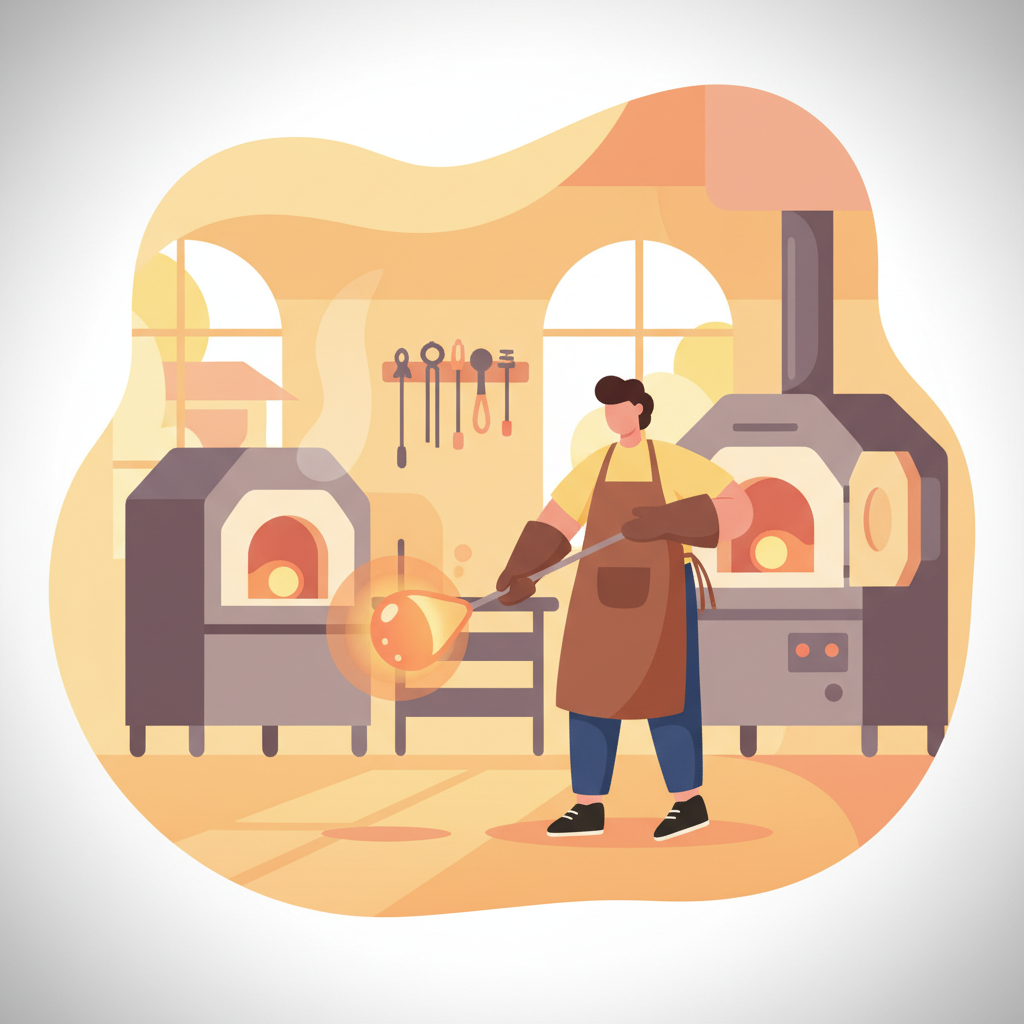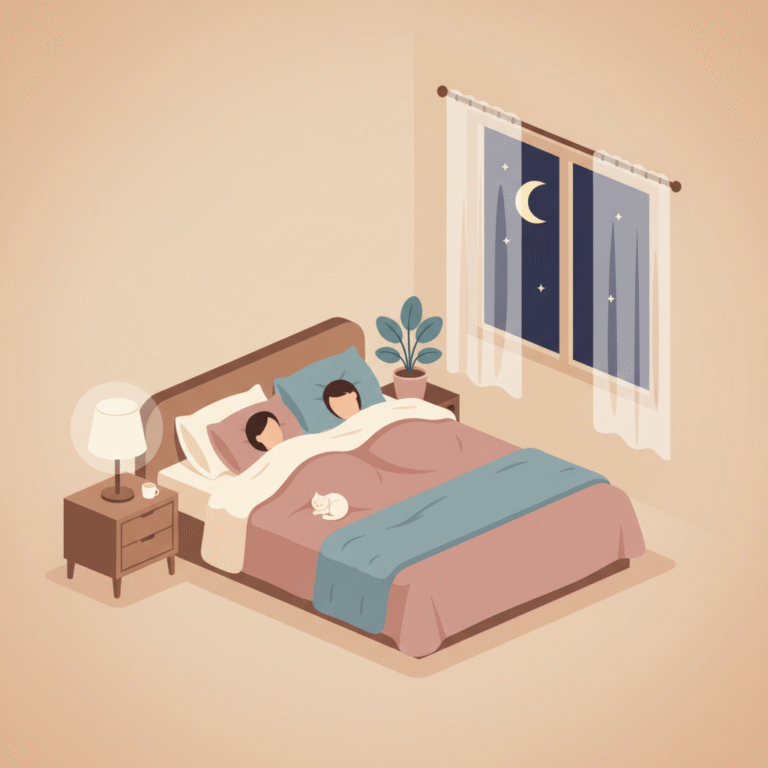If you are a glass artist, managing heat effectively is crucial for creating beautiful and durable glass pieces without damage or safety risks. Heat control isn’t just about turning up the kiln—it involves understanding the process and environment inside and outside the studio.
Fortunately, mastering heat management is possible by adopting simple daily habits focused on temperature control, careful handling during heating and cooling, and maintaining safety. These practical habits help you avoid common pitfalls that could ruin your work or cause injury.
By building these habits into your daily glassworking routine, you will consistently produce better-quality art, reduce breakage, and keep yourself safe. Let’s explore three simple daily habits to improve heat management for glass artists.
Your 3 Daily Habits For Heat Management For Glass Artists
Habit 1 — Master Your Kiln Heating and Cooling Cycles
Why: Proper heat management during heating and cooling is essential to prevent cracking and reduce stress in the glass. This ensures your pieces are durable and visually flawless.
How: Develop a consistent routine to control kiln temperature ramps and soak times as per recommended annealing schedules. Follow multi-stage heating profiles: a gradual warm-up, holding temperature for uniform heat, and a slow cool-down.
Cue: Start each work session by reviewing your kiln’s set program and adjust based on the glass thickness and type for the pieces you plan to create.
Habit 2 — Adjust Heating and Placement for Different Glass Shapes and Textures
Why: Heat distributes unevenly around holes, slots, or sharp angles causing stress and potential damage.
How: Add a bit more heating time for glass pieces with holes or slots. For sharp corners less than 30 degrees, reduce heating time slightly and position the sharp corner facing the furnace exit. For patterned or textured glass, position uneven sides facing up and heat based on the thickest areas.
Cue: Before placing glass in the kiln, inspect piece shape and surface and remember these adjustments as part of your loading process.
Habit 3 — Prioritize Safety Gear and Studio Environment Management
Why: Heat management is not only about temperature but also about your safety and managing ambient temperature and air pressure, which influence cooling and heat retention.
How: Always wear heat-resistant gloves and UV-protection glasses. Control studio ventilation to avoid heat build-up or drafts that affect heating consistency. In colder environments, compensate by adjusting air pressure and cooling times.
Cue: Place your safety gear next to your tools daily and keep the studio air circulation optimized before starting work.
Week 1 Schedule
| Day | Focus | Action |
|---|---|---|
| Monday | Kiln Programs | Review annealing cycles and set precise temperature ramps for your glass type. |
| Tuesday | Glass Placement | Practice adjusting heating times for unusual glass shapes with slots or sharp corners. |
| Wednesday | Safety Check | Organize safety gear and optimize workshop ventilation before heating glass. |
| Thursday | Heat Monitoring | Monitor kiln temperature zones during a firing to understand heat distribution. |
| Friday | Practice Equipment Use | Use protective gloves and glasses consistently while unloading hot glass to build habit. |
Troubleshooting
Barrier: Uneven heating leads to cracking or warping.
Fix: Use gradual temperature ramps and adjust heating time for irregular shapes to maintain even heat distribution with proper heat management for glass artists.
Barrier: Inconsistent cooling causing stress fractures.
Fix: Always follow recommended annealing cooling schedules and avoid opening the kiln door too early to maintain heat management for glass artists.
Barrier: Forgetting to wear safety equipment increases injury risk.
Fix: Set a daily reminder or place gloves and goggles near your workspace as a cue to use them for heat management for glass artists.
FAQs
Q: How critical is the annealing process in heat management for glass artists?
A: Annealing is essential. It slowly cools glass to relieve internal stresses. Skipping or rushing it can lead to cracks and weak pieces.
Q: Can I use the same heating schedule for all glass types?
A: No. Different glass types, thicknesses, and shapes require adjusted temperature ramps and times to ensure even heating and proper heat management for glass artists.
Q: How can I optimize my studio environment to help with heat management?
A: Manage ambient temperature, ensure proper ventilation, and minimize drafts to keep kiln temperatures consistent and safe.
Tracking & Motivation Tips
Maintain a simple daily log to track kiln temperatures, heating times, and any adjustments for different glass pieces. Note any outcomes like cracks or warping. This will help refine your heat management for glass artists over time, helping you build confidence and reduce mistakes.
Key Takeaways For Heat Management For Glass Artists
Consistent daily habits focusing on kiln program mastery, adapting for glass shapes, and prioritizing safety make heat management for glass artists both achievable and effective. Proper heat control not only enhances the quality and strength of your artwork but also protects you during the creative process.
Join the Waitlist
Ready to put these habits into action? Dayspire helps you reach any goal with simple daily habits. Join the waitlist now to be the first to get invited to Dayspire!




